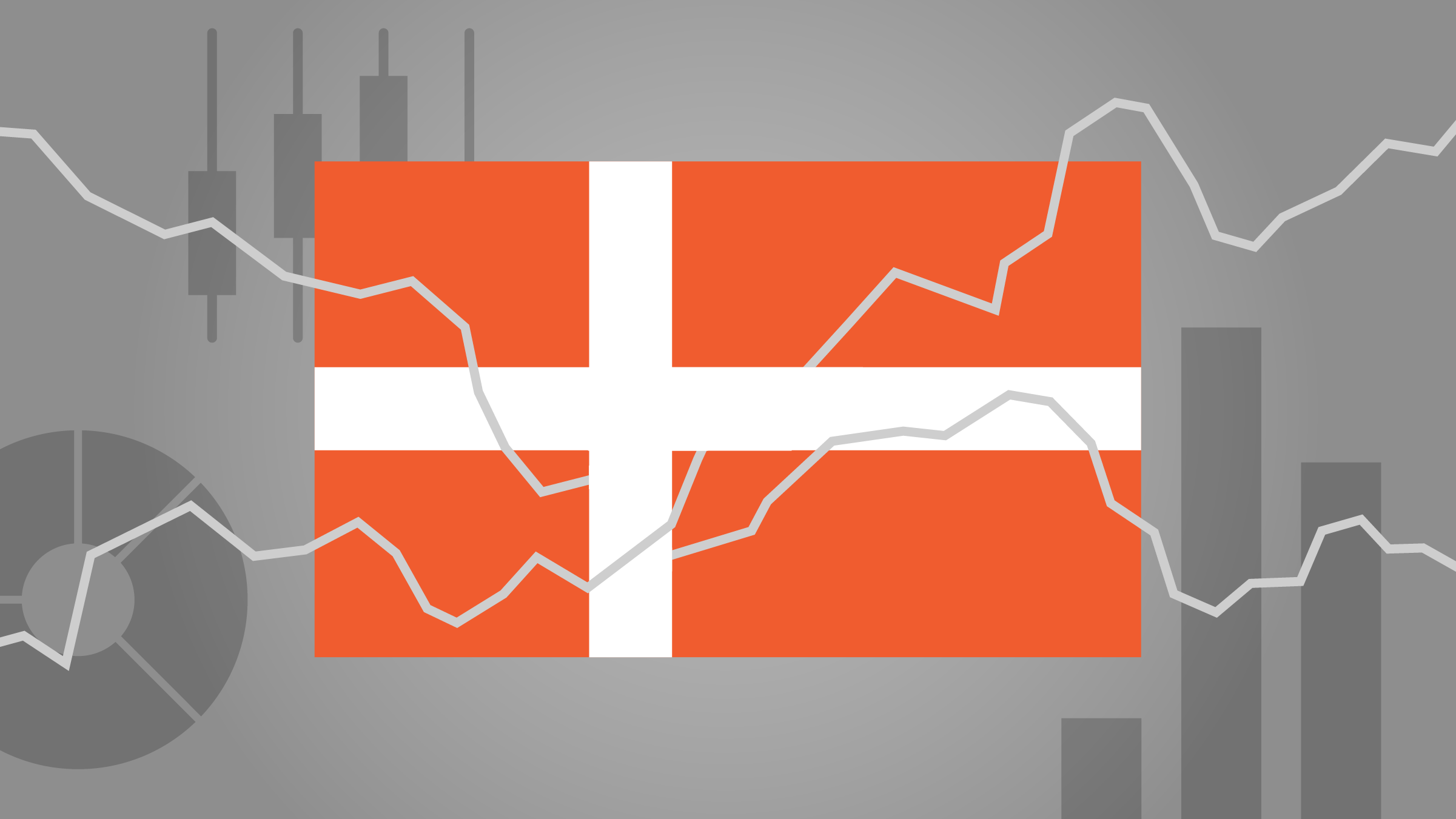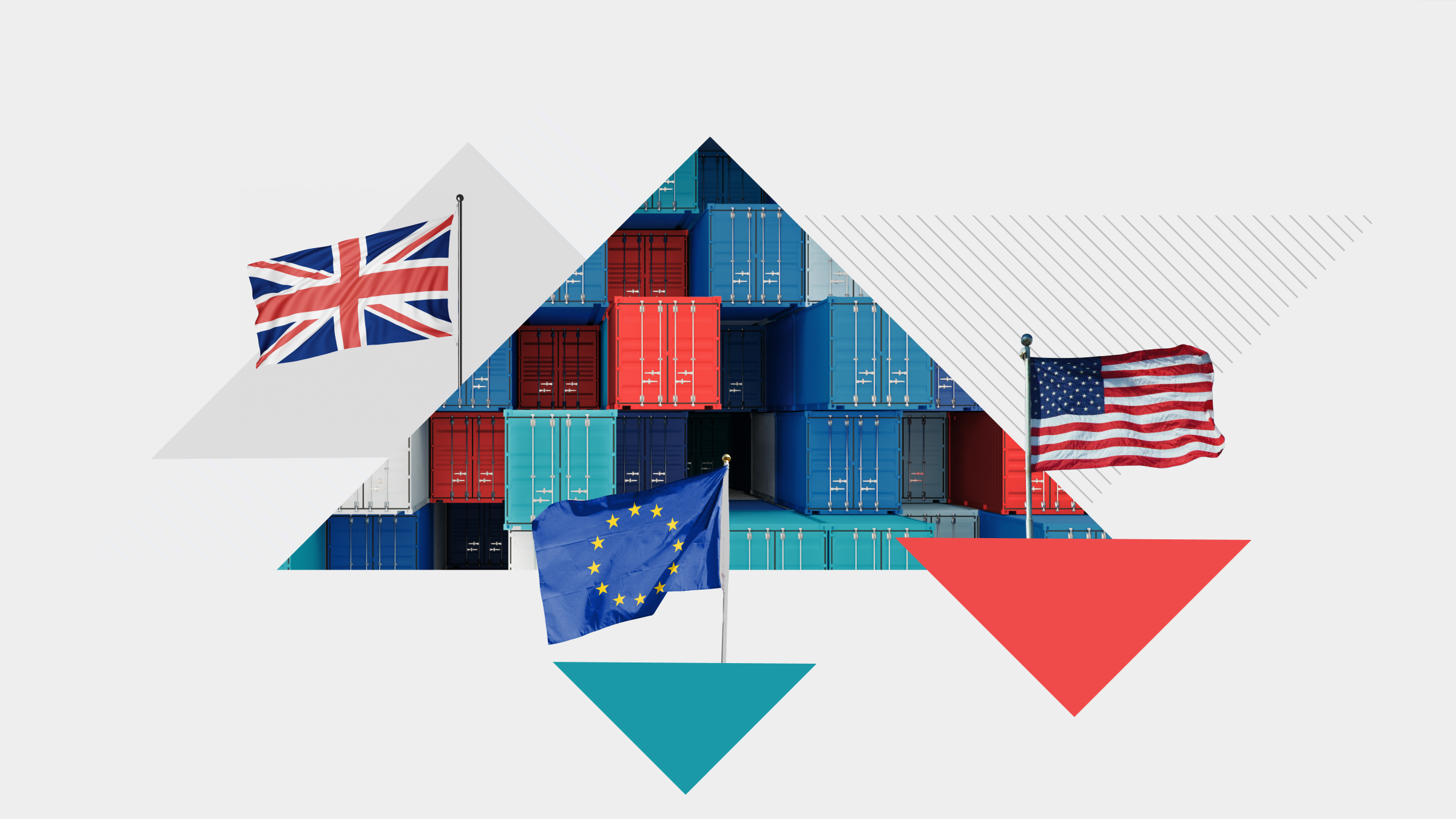Investeringskommentar, Erin Davis, Analyst, 3/2/2016
We've taken a close look at banks' energy exposures and potential losses, and see both good news and bad news for investors. First, the good news--for most banks, we think the losses will be manageable. And now the bad news--nearly all banks are under-reserved and several could be facing capital shortfalls in a worst-case scenario. We use the bond markets to proxy what total losses could be. The S&P 500 Energy Corporate Bond Index (essentially all investment-grade) is down about 15% peak to trough, and the Bloomberg USD High Yield Corporate Bond Energy Index (junk) is down about 30%.
We use these to model mark-to-market (15%) and stress case losses (30%). We then compare these to the reserves banks already have in place, and to the banks' common equity. This helps us to gauge whether energy losses are likely to be merely painful, or whether they could pose a serious risk to capital. As a rule of thumb, we think that anything under 10% of common equity (remembering that losses are likely to roll in over two to three years) is likely absorbable by a well-capitalized bank. After that, we think the risk becomes more serious, depending on the bank's existing capital and the quality of its book. On average, we think cumulative losses will be approximately 2.7% of common equity for the banks we cover, and could average 4.6% of common equity in a worst-case scenario. We think Commerzbank and Standard Chartered are most at risk.
Bulls Say
- Capital is strong with the core Tier 1 capital ratio at more than 15%, giving the bank sufficient cushion against loan losses.
- Most of Danske's banking assets remain in its home country of Denmark, where unemployment has stabilized and positive GDP growth is expected over the year.
- Expense reduction efforts should help maintain positive earnings during this difficult economic environment.
Bears Say
- Danske is expected to continue incurring larger loan losses, primarily from Irish housing, which will weigh upon the bank's capital generation.
- The agricultural and shipping sectors in Denmark have experienced difficult times, which has resulted in high loan impairment levels to Danske.
- Danske is very dependent on wholesale funding markets and gets only about 35% of its funding from deposits.
















